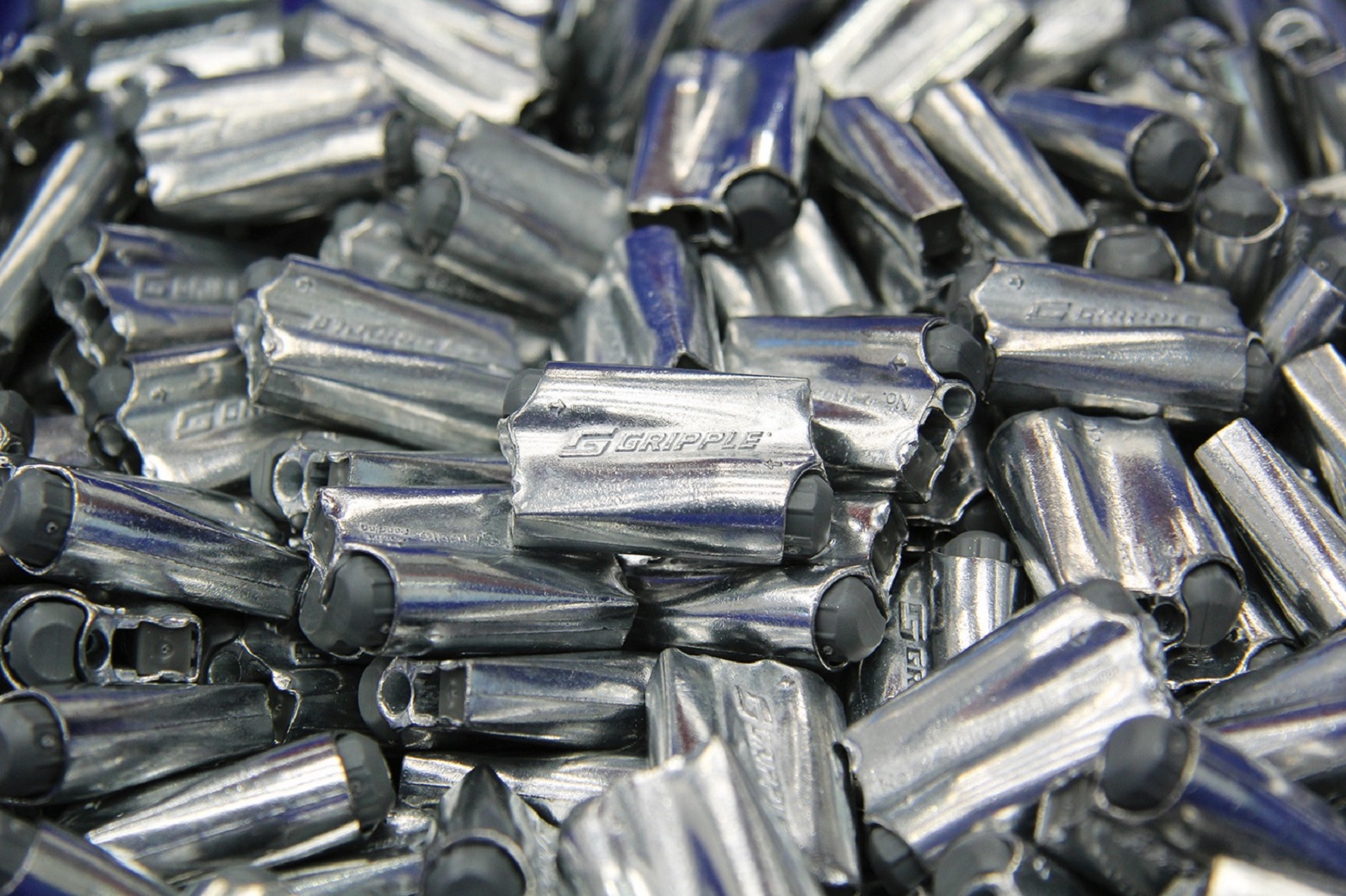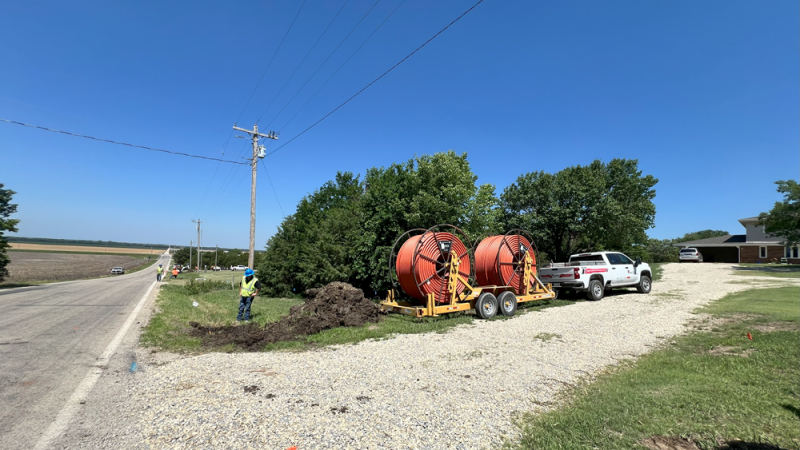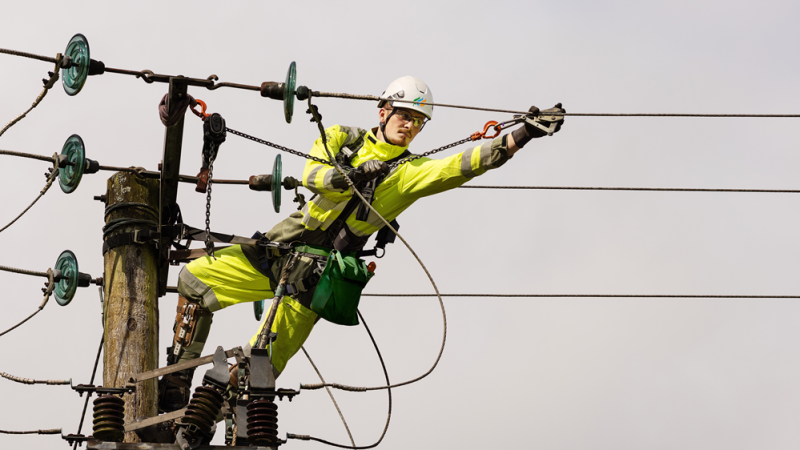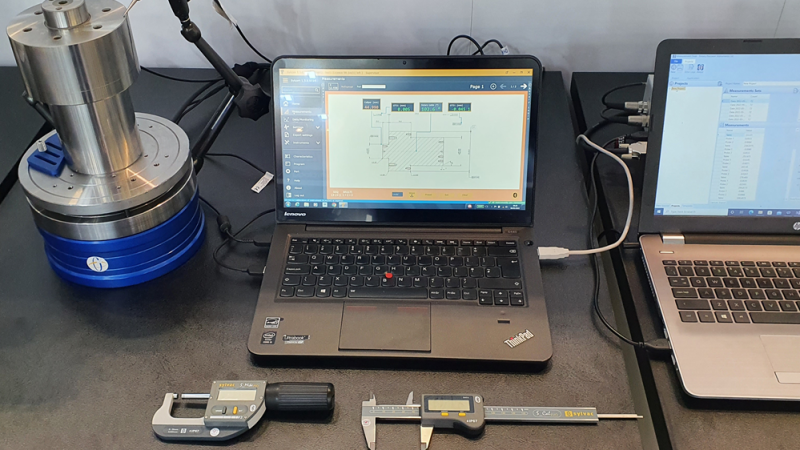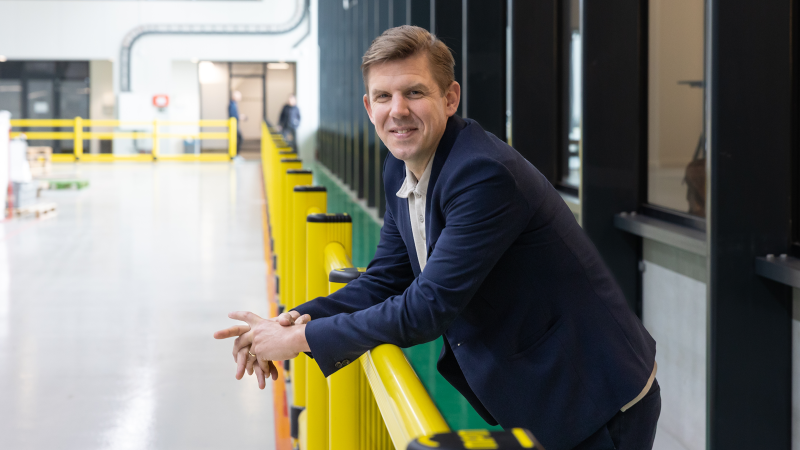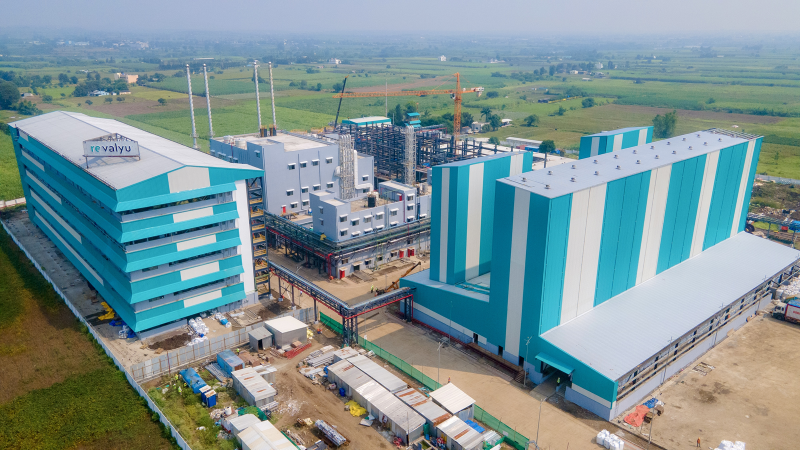Gripple is a manufacturer and developer of wire joining and tensioning systems. With sales of over £120 million and a staff of over 1,000 people around the world, Gripple operates in three key markets, the installation of building services on construction projects, fencing, trellising, and fruit growing in agriculture, and slope stability and erosion control in civil construction. The company exports over 90% of its products through its 21 locations around the world, with manufacturing predominantly in the UK and major subsidiaries in the U.S.A, Canada, France, Germany, India, and Japan.
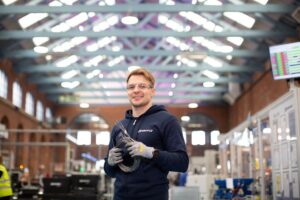 “We have a real focus on new product development and actively engaging our dedicated sales team of over 200 people in identifying customer problems to solve,” says Ed Stubbs, Managing Director of the company. “We have over 15 mechanical engineers and product designers in our Ideas and Innovation team, working exclusively on new solutions and products. Our product range is based on finding time and labour-saving solutions including everything from installation speed and improving on-site health and safety, to offering more sustainable products with less embodied carbon than our competitors.”
“We have a real focus on new product development and actively engaging our dedicated sales team of over 200 people in identifying customer problems to solve,” says Ed Stubbs, Managing Director of the company. “We have over 15 mechanical engineers and product designers in our Ideas and Innovation team, working exclusively on new solutions and products. Our product range is based on finding time and labour-saving solutions including everything from installation speed and improving on-site health and safety, to offering more sustainable products with less embodied carbon than our competitors.”
That innovation is supported by comprehensive vertical integration. The company has eight manufacturing sites in Sheffield, manufacturing 90% of every component used in Gripple’s product portfolio, in-house.
Skin in the Game
At the same time, Gripple’s team is more driven than most to find those solutions because, unlike many of its competitors, Gripple is owned by its employees.
“We have a direct model of ownership. Every employee has a personal investment and owns direct voting shares in the business,” Stubbs tells us. “This drives an unrivalled level of engagement, alignment, and equality in the business. All of us are equal and direct employee-owners. For our customers and other stakeholders, it means businesses are based in their local communities with long-serving, expert staff.”
While employee ownership is nothing new, Gripple’s model is different from better-known employee-owned businesses, such as John Lewis, whose employees are all members of an ownership trust.
“We are from Sheffield, so our model is direct. People put their hand in their pocket, we give them a loan over five years to buy shares,” Stubbs points out. “Everyone has skin in the game, and it drives another level of engagement and focus on building a business for the long term.”
It is an approach that has yielded results. Over the last 30 years, the company has consistently seen 16% sales growth. Gripple’s staff all have their own area of expertise, but they are also all owners, challenging each other on performance, problem-solving, and generating ideas.
“If the ball drops, we all have a responsibility to catch it,” Stubbs says.
Stubbs points to research by the Employee Ownership Association which shows that employee-owned companies outperform their equivalents in productivity, sales growth, and retention. Gripple’s story certainly corroborates those figures.
But employee ownership does not just mean that the company succeeds, it also means that the employees reap the rewards of that success.
“A member of our production team who was an operator with us for 30 years retired with half a million pounds of shares that he had accumulated through capital growth over that time,” Stubbs recalls. “That’s a powerful aspect of the model.”
Employees and Partners
For a company with this kind of structure, recruitment might seem like a very different proposition. After all, you are not just hiring employees, but shareholders, business partners and company directors. However, Stubbs argues that most of the fundamentals remain the same, with some added nuance.
“We are looking to hire younger, with an emphasis on graduates, apprentices, and student placements. We hire on a value set, the ‘Gripple spirit,’ behaviours that capture who a Gripple person is, rather than primarily looking at experience qualifications and industry experience,” Stubbs says. “It is important to get it right because there is a great opportunity for owners to benefit more from their efforts financially and have a meaningful say in running the business, but the business demands more of them as owners. That mutual accountability is not necessarily for everyone.”
Part of that mutual accountability means a personal investment in innovation at every level of the company.
“A deep-rooted target in our business is that a minimum of 20% of our sales have to come from patented products that are less than five years old,” Stubbs shares. “It is an overall target that all employee-owners are aware of and it drives constant investment, energy and focus on new products.”
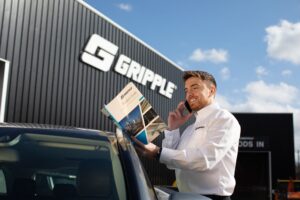
That target, alongside a continuing goal of 10 to 12% year-on-year growth, makes for an ambitious goal, but one the entire company has succeeded at time and time again.
“Our people are interacting with customers on construction sites, farms, and vineyards to identify problems and capture moments of opportunity,” Stubbs says.
Currently, that growth trajectory is set to bring the company to sales of £200 million, including those 20% new product targets. Gripple is expanding its offering to work outside of building services, acquiring more work in infrastructure construction, railways, overhead line electrification, and solar arrays.
“It is new fertile ground to diversify the business,” Stubbs says. “We are now a relatively large business with 1,000 shareholders and we need to continue to target sustainable growth which brings long-term value to our employee-owners. We must also look to sustain what we have got. We continue to invest a great deal in vertical integration, supply chain security and our target to achieve net zero emissions by 2030, alongside personal development and a culture of real learning for all our people.”
That development also includes serious investment in the business’s digital transformation, enabling it to provide better service and job improvement across all its business processes.
Gripple’s employee-ownership model has been a proven success for the business itself, and all of its employees. But more than that, it has also been an example for other businesses to follow. Talking to Stubbs, it is clear that he is as passionate about the business as he is for the employee-ownership model itself.
“There were over 300 transitions to employee ownership in 2022. The sector is growing at a significant rate,” he argues. “If you look at the challenges politically, in terms of employee pay and representation, productivity and innovation gaps, the benefits from employee ownership in a business have a huge correlation with meeting those challenges in developing our modern economy.”
